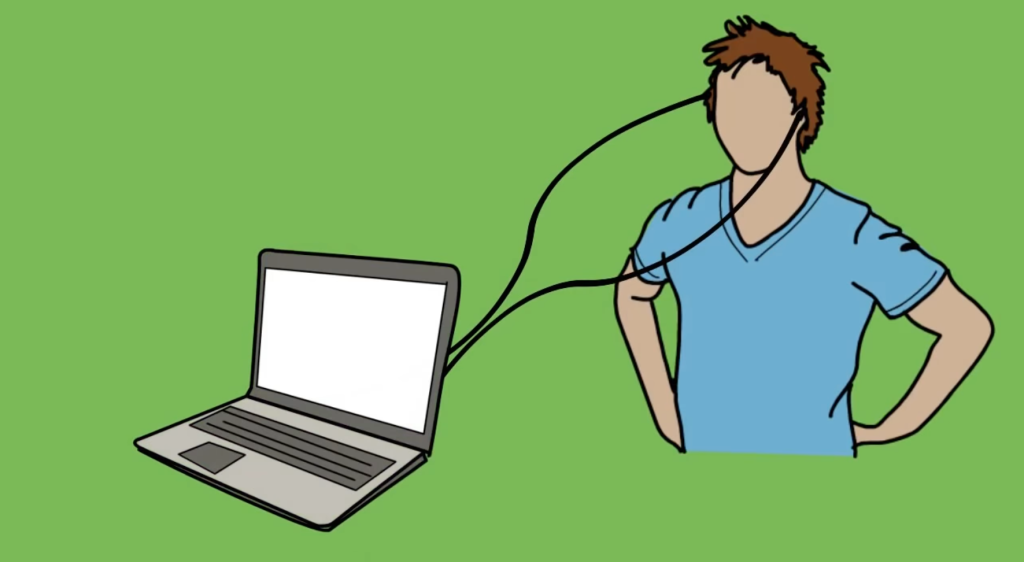Neurotherapies
A number of different neurotherapies and neuromodulation techniques are available at Southern Psychology & Neurotherapy. In some cases, elements of neurotherapy are incorporated into conventional psychological therapy, and as such, may be eligible for health care rebates. Examples include techniques for supporting relaxation training, or for helping clients learn to produce a calm, focused state.
Neurofeedback (more detailed info below) EEG (“brainwave”) neurofeedback training is available for adults and young people. It’s provided in-clinic using state of the art neuroimaging equipment. There’s also the option for home training, either using the Myndlift or Divergence Neuro platforms. Neurofeedback requires a signficant commitment, both time wise and financially. Regular training takes place once or twice a week, with a course of 20 to 40 sessions usually required to achieve substantial and sustained improvement. Neurofeedback is usually funded privately. Please see below for further information, and to find out about the different neurofeedback options available at Southern Psychology & Neurotherapy.
Neuromeditation This can be a great option for people who would like to access the significant benefits meditation offers, but generally find meditation difficult (“my brain’s too busy to meditate!”, or have experienced an adverse reaction to meditation in the past (relatively common in those who’ve experienced trauma). Neuromeditation is well suited to novice mediators, but can also be beneficial for experienced meditators who would like to deepen their practice by accessing information about their own real time brain wave activity (see below).
Training follows the NeuroMeditation Institute framework, which idenfities four basic styles of meditation (Focus, Mindfulness, Open Heart, and Quiet Mind), each associated with the activation of specific neural networks. One or more styles can be practiced, depending on personal preference, and individual brain function.
NeuroMeditation is trauma informed, and individually tailored to the client’s preferences and needs. Coaching is provided to assist clients to meditate more effectively.
For a potentially more effective expereince, there’s the option for the client’s brain wave activity to be monitored while meditating, and the information used in real time to help guide the meditator towards the desired brain state. This is similar to EEG neurofeedback, although there are some differences. Typically volume changes in background music are used to indicate how close the client is to the desired brain state. For eyes open meditations, visual information can also be used – e.g., a video footage which darkens or brightens. For information about neuromeditation from Psychology Today, click here.
Neurostimulation Two widely used neurostimulation approaches are available to trial, both of which involve pulsed light.
- Transcranial Photobiomodulation (tPBM) Also known as “red light therapy”, tPBM uses pulsed near infrared light to gently stimulate the brain and improve brain health. It’s available to trial in clinic, either stand alone, or in combination with neurofeedback. A Vielight headset is used (minus the nasal applicator), along with specialised software, which provides more functionality and individualisation than the standard Vielight device. This may a good option for people who are already considering purchasing a Vielight or similar device, and would like to learn more, and to trial the headset. To learn more about tPBM, and the growing evidence base for this approach to support brain health and for improving a range of disorders, go to www.vielight.com. or click here to watch a short YouTube video.
- Audio Visual Entrainment (AVE) is used to help regulate or enhance brain function. LED pulsed light (“photic stimulation”) is delivered via special glasses, usually whilst in a relaxed eyes closed state, with optional pulsed sound via headphones. The pulsing can help the brain to produce particular EEG brainwave activity – for example, faster “beta” type activity for greater focus, or slower wave “alpha” or “theta” activity for relaxation and calm. For in-clinic use, specialised software is used to tailor AVE to individual client needs. For those interested in home-based AVE, a relatively low cost Mind Alive DAVID device with a number of different brain wave programs can be trialed (see www.mindalive.com. for more information).
Neurofeedback
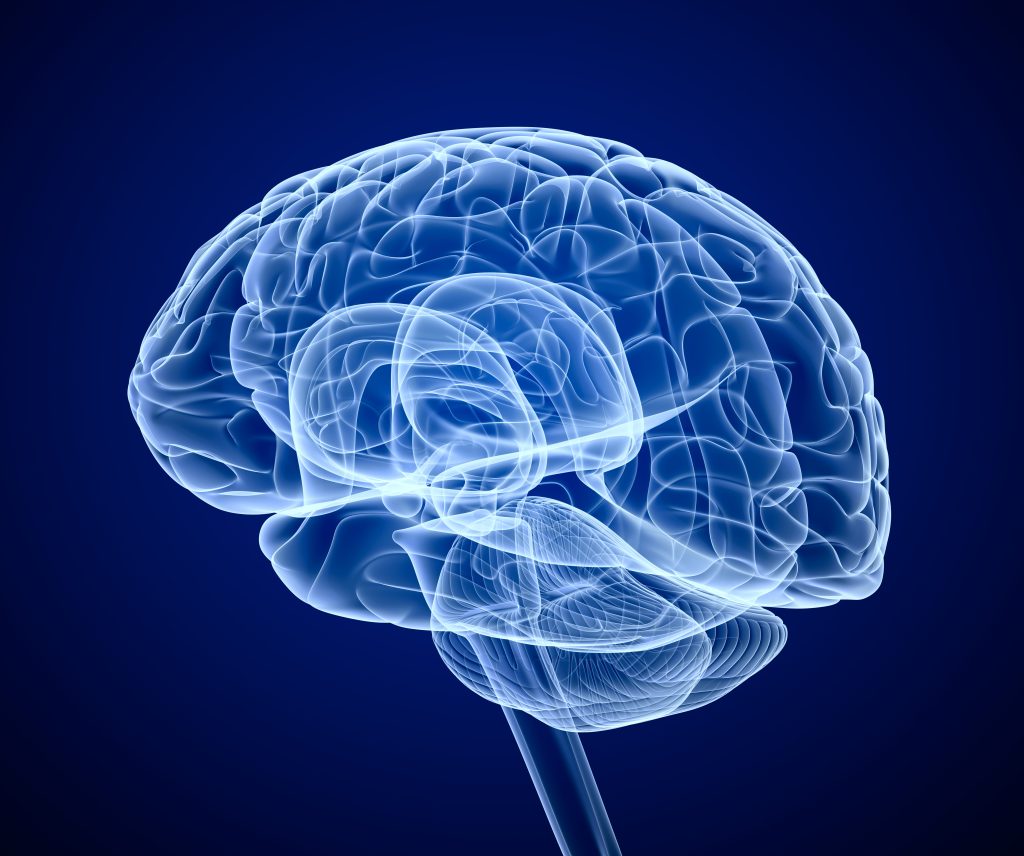
Neurofeedback is a type of biofeedback training which is used to improve or optimise brain function. It's a safe and effective form of neurotherapy, and has been successfully used for over half a century. With repeated training, neurofeedback can bring about more flexible and adaptive ways of thinking, feeling, and behaving, resulting in improved mental health and functioning.
This short Youtube video by Mike Cohen provides a good introduction. Mike has also written a brief, easy to read book called "Neurofeedback 101”, and has FAQ info on his website: https://www.centerforbrain.com/neurofeedback/frequently-asked-question/
What does neurofeedback training involve?
During neurofeedback training, one or more sensors are placed on the scalp to monitor the brain’s electrical activity (the electroencephalogram, or EEG). No electrical current is sent into the brain at all, making it a “non‐invasive” approach.
Specialised software is used to process the brain’s activity, and the information (the “feedback”) is made available to the participant in real time. The brain wave activity is usually represented by images, a movie or a video game, or presented as sounds, such as beeps or tones. In some cases, participants may watch their actual brain wave activity on the screen. Using the movie example, the feedback image on the participant’s screen becomes brighter and clearer when the brain is producing more of the desired brainwave activity (for example, a calm, focused state), but fades out when the brain produces less of this activity. The process is like holding a mirror up to the brain, allowing it to observe, and potentially modify its own activity.
Through neurofeedback training, the brain learns how to become more flexible and function better, without any deliberate or conscious effort on the part of the participant. With repeated training, neurofeedback can result in lasting improvements in brain function due to neuroplasticity – the brain’s ability to change and develop.
Most people will require a course of between 20 and 40 neurofeedback training sessions to bring about sustained changes in functioning. Just like learning a musical instrument, the brain needs enough time to practice and consolidate the new skills. Ideally training is conducted twice weekly, but can still be effective with weekly sessions. Neurofeedback appointments are either 30 or 50 minutes, depending on the type of training provided. For stand alone neurofeedback training, 50 minute appointments are required during the initial stages, with clients often moving to 30 minute sessions after this.
How can neurofeedback support traditional therapy?
Traditional psychological “talk therapies” mainly target the mind, to help people become more aware of and change how they think, feel or behave. These are often referred to as “top down” approaches. In contrast, neurofeedback is a “bottom up” approach. It works directly at the level of the nervous system, helping the brain to become more adaptable, less reactive, and generally function better. This can bring about positive changes in thoughts, feelings and behaviour.
For some people, neurofeedback alone can be an effective approach, e.g., those seeking greater self regulation in everyday life, or in high performance settings. For others, particularly if there are significant mental health difficulties, a combination of bottom up and top down approaches can be effective. When neurofeedback is used to calm and regulate the nervous system, including improving sleep, people are better able to engage in talk therapy, and derive greater benefit from the process. This combined approach can be particularly helpful for those impacted by trauma, including people undertaking or considering EMDR trauma therapy.
To read about who can provide neurofeedback training, please go to the QEEG Brain Maps page
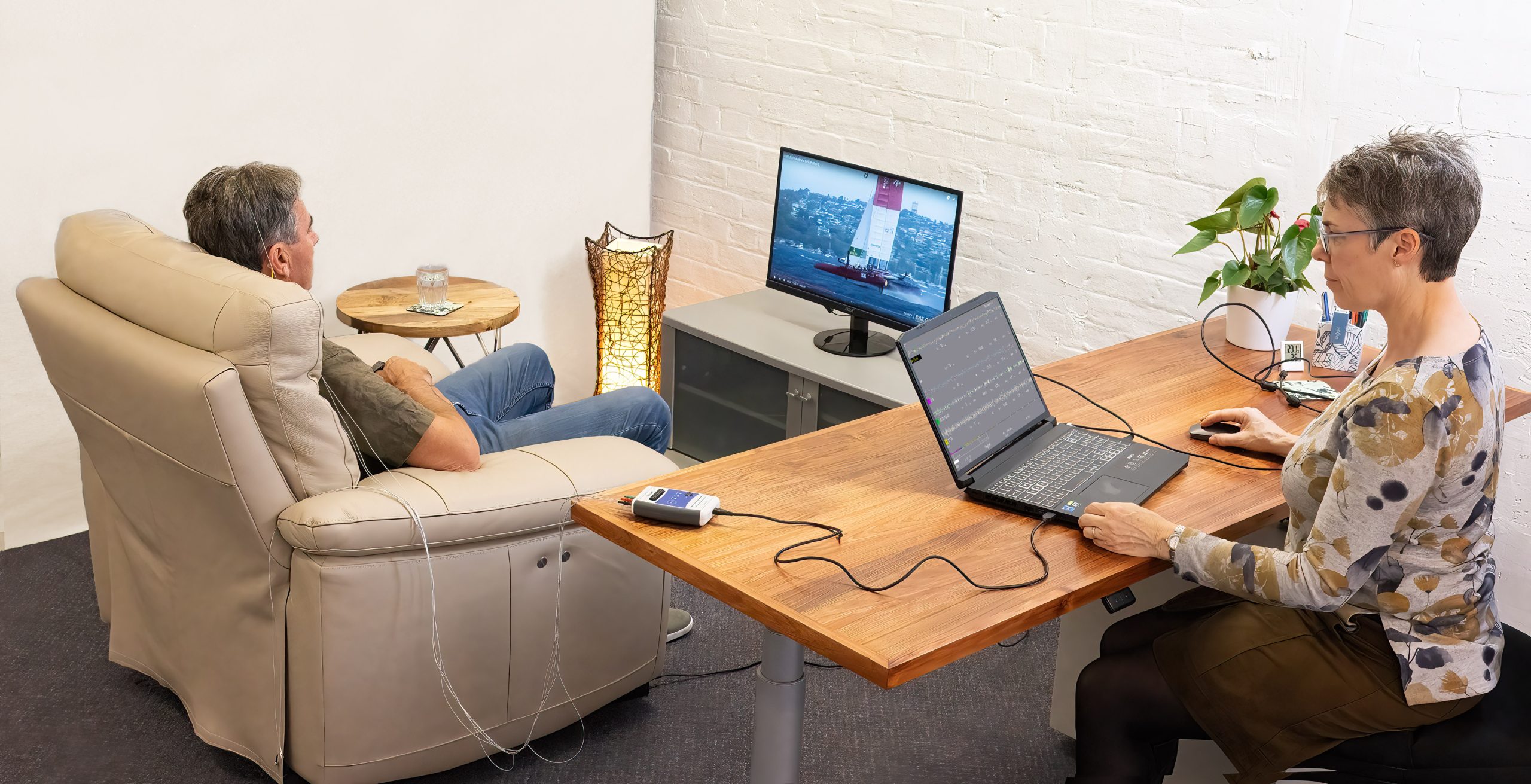
What can neurofeedback help with?
Traditional neurofeedback has been shown to be helpful for the following (click to read about supporting research):
Support for InfraSlow Neurofeedback
InfraSlow Neurofeedback is a relatively new form of neurofeedback, with a rapidly growing evidence base. Click here to access published studies, including a recent article published in the prestigious journal Nature.
For more detailed information about neurofeedback, go to the ISNR website: https://isnr.org/what-is-neurofeedback

Types of Neurofeedback Available
There are different types of neurofeedback training, with some more suited to particular people than others.
At Southern Psychology & Neurotherapy, the following types of training are available:
Traditional Neurofeedback
(inc Alpha/Theta Training)
“Amplitude” or “power training” neurofeedback has been used for over 50 years. It typically involves training one or two areas of the brain, and works by encouraging the brain to produce more or less of certain types of brain waves.
Alpha Theta training, also known as “Deep State” training, is a special type of amplitude training, which encourages a very deep level of relaxation.
The vast majority of neurofeedback research has been based on amplitude, and as such, it currently has the strongest evidence base.
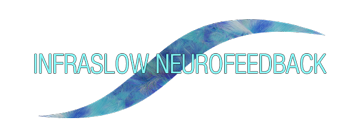
ISF is a relatively new type of training, with a rapidly growing evidence base. As well as helping regulate the brain, research indicates this type of training also helps regulate the autonomic nervous system, helping to settle the fight/flight response in the body. It can be a very powerful approach, and ideally involves weekly training.
For further information, go to https://isfassociates.com/
For ISF research, click here.
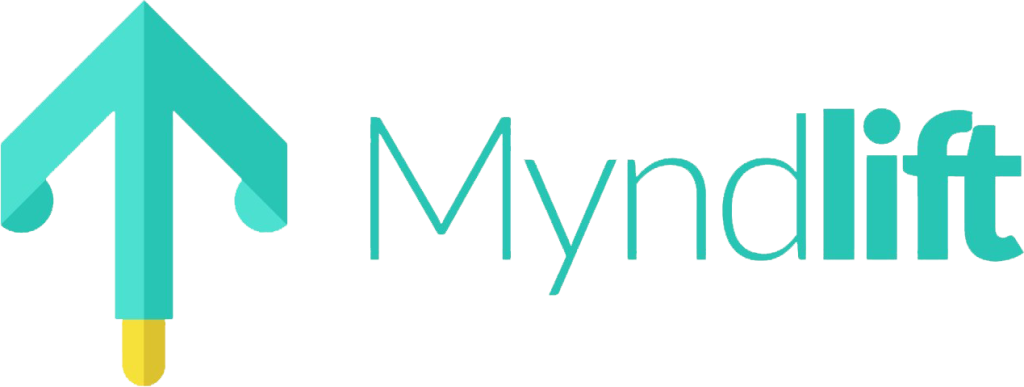
Myndlift training uses the traditional amplitude/power approach. A Muse Bluetooth headset is used, which contains built in EEG (brainwave) sensors as well as an additional Myndlift neurofeedback sensor. Myndlift can be a great option for clients who would like to be able to train at home, and/or train more frequently. It’s important to be aware that Myndlift is not “DIY” neurofeedback – the training is still clinician controlled and monitored (i.e., by Sally).
For further information, go to Myndlift.com
For Myndlift research, click here.
Z-Score
Neurofeedabck
Z-Score training was developed in the early 2000s. In addition to training the amounts of various brain waves, it can also target the communication between brain regions (e.g., the amount of information shared, and how quickly its shared). Many sites (up to 19) can be trained at the same time. It can use information from a database of brain EEG recordings to help guide training.
